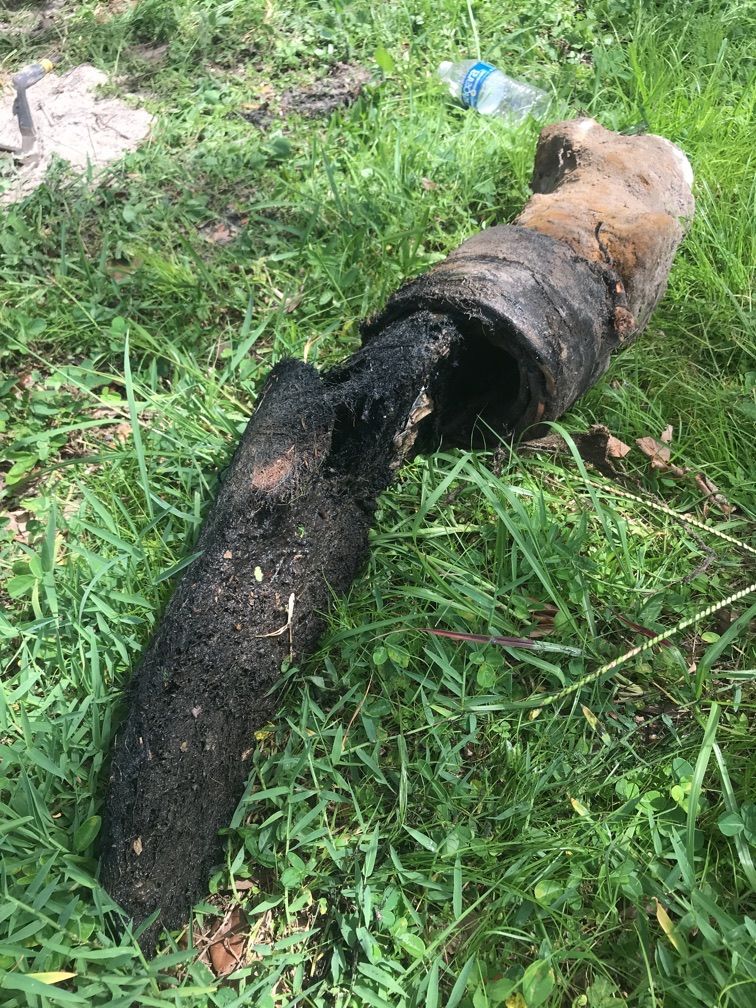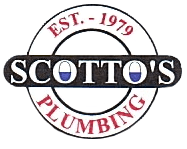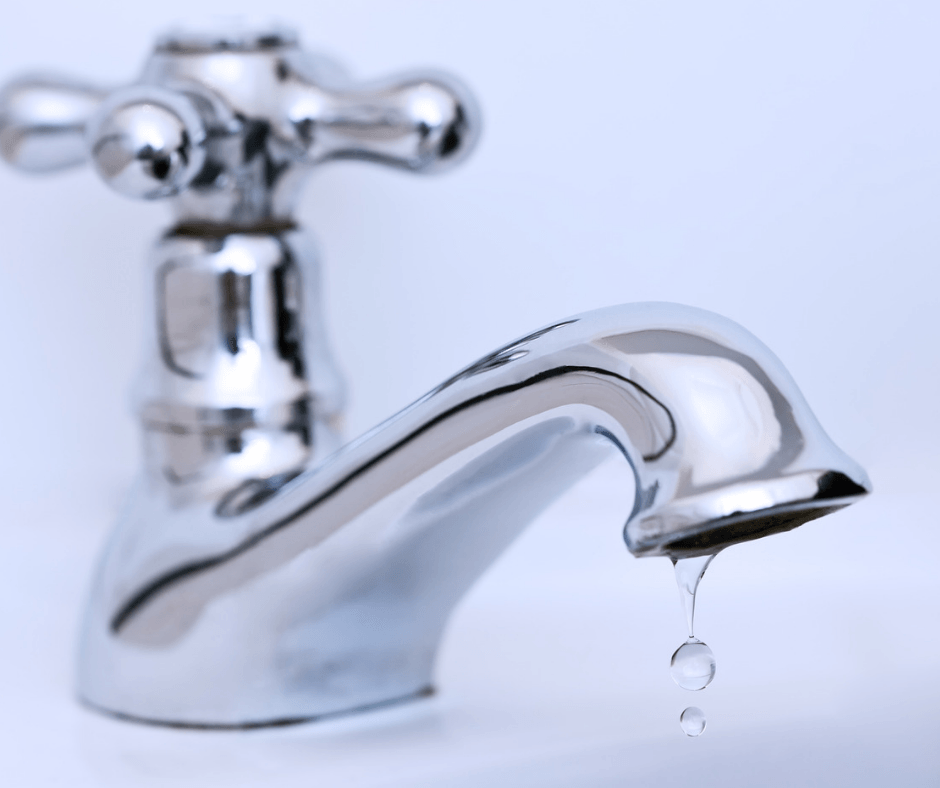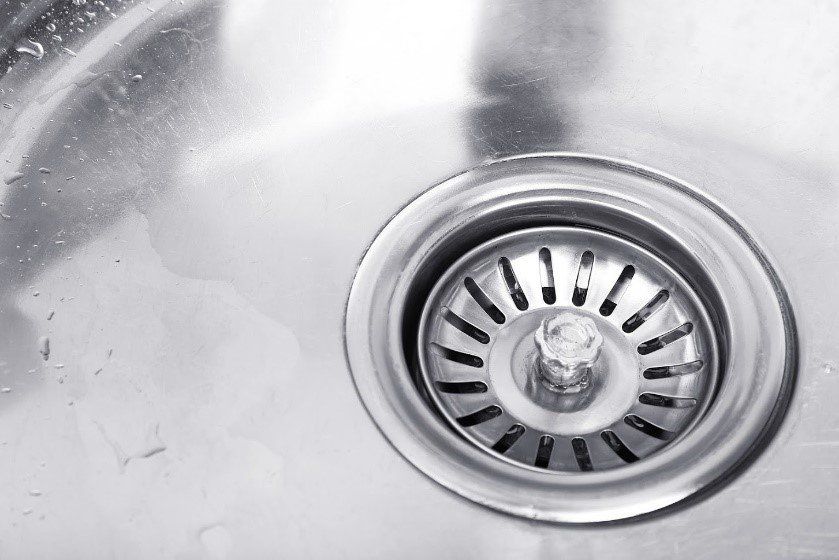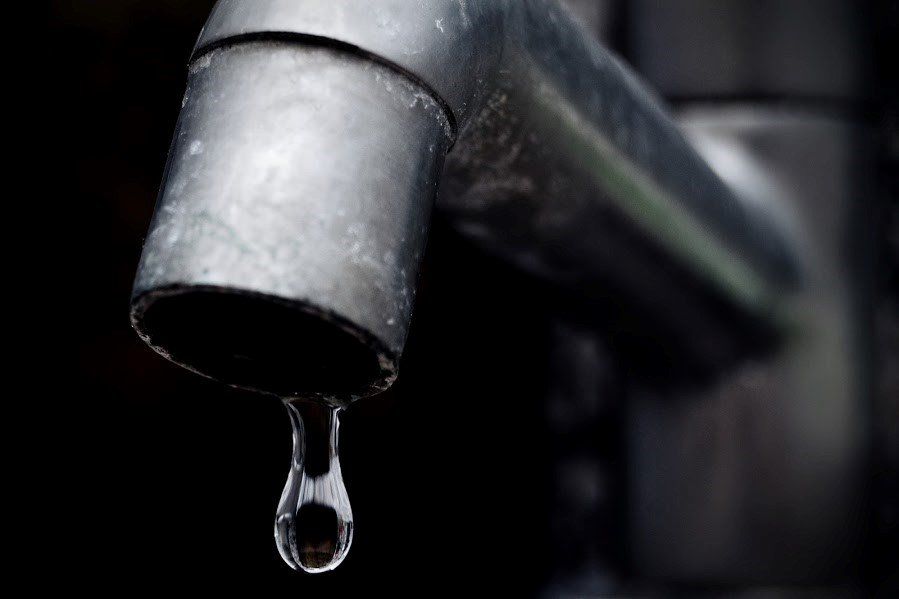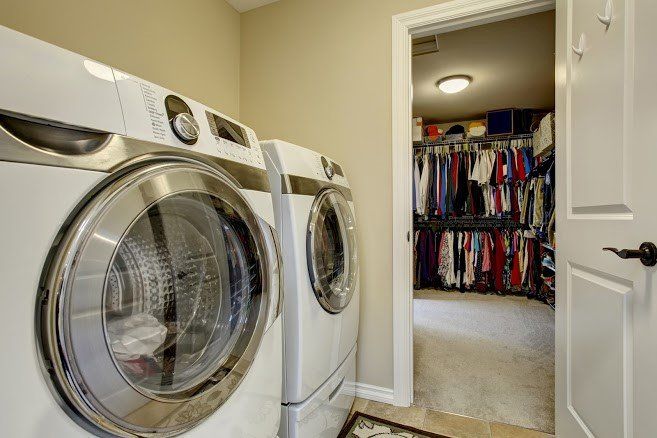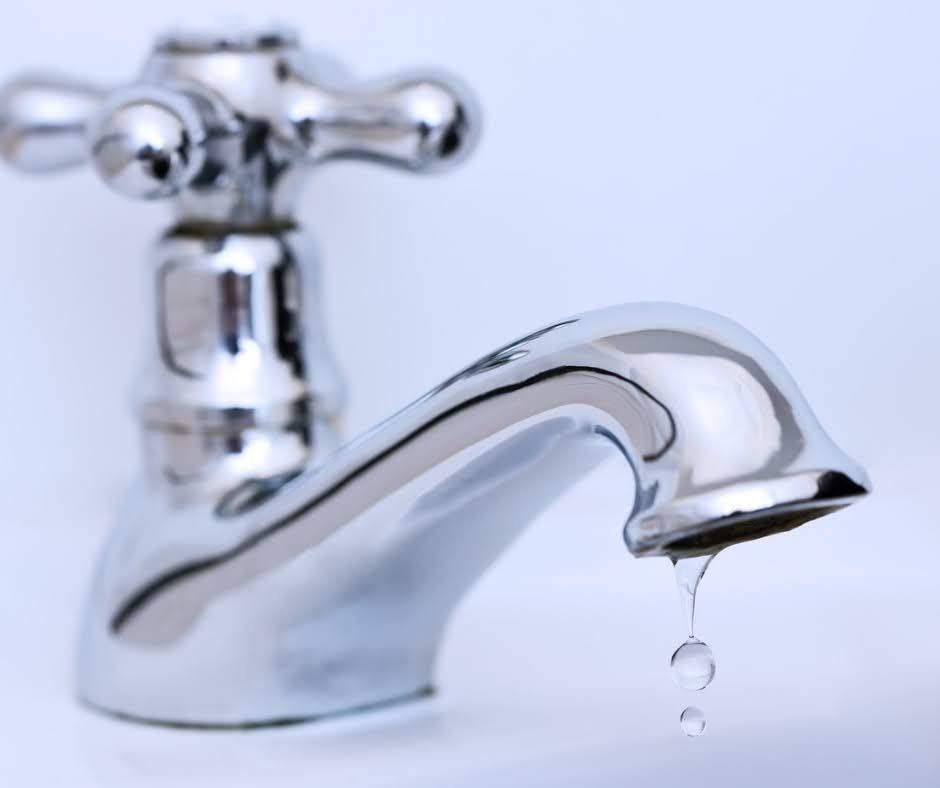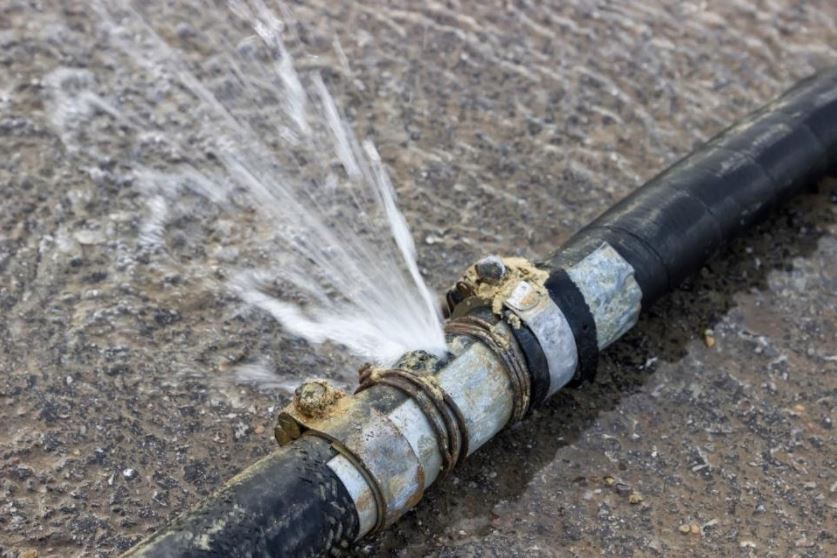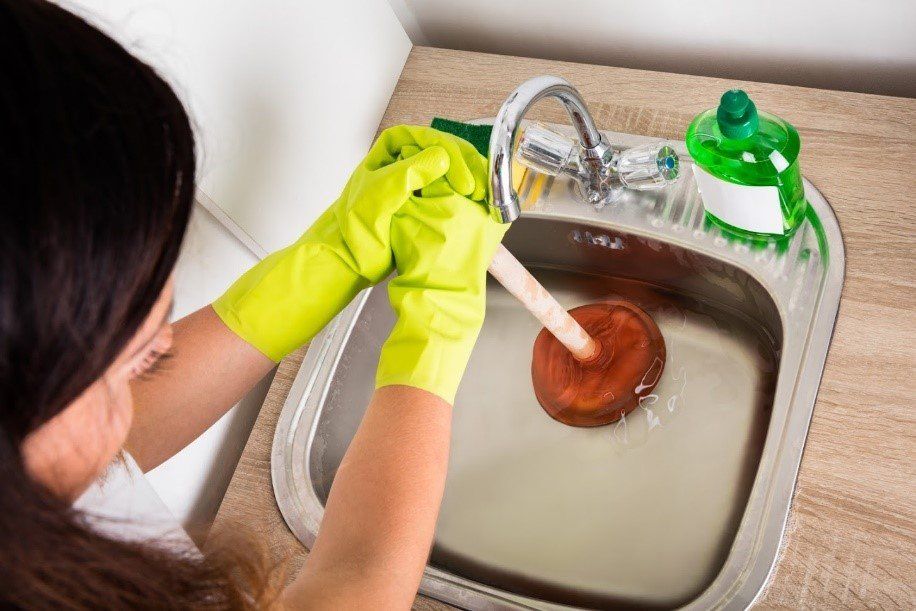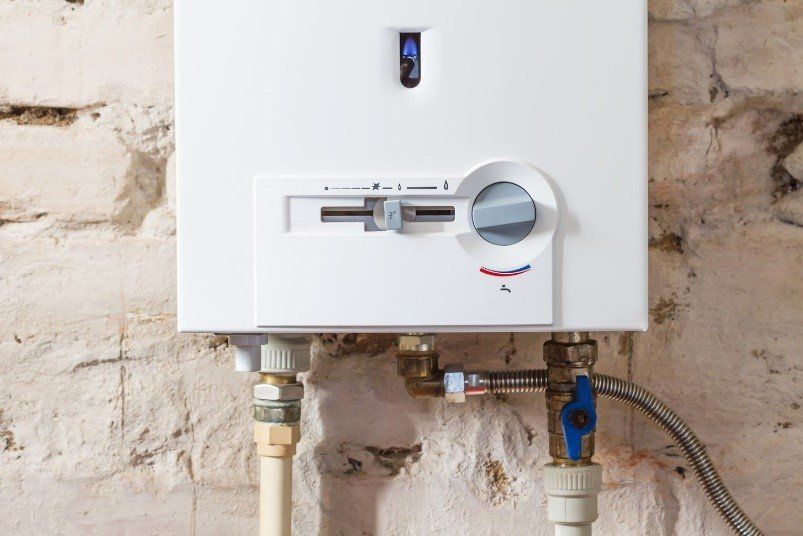5 Steps to Take When Saving Water on Plumbing
There
are so many ways to save water in your everyday life that it can be hard to
know where to get started. But if you worry about your water usage, you’re
already have an advantage. Here are five first steps to take when you want to
reduce the water waste in your home plumbing.
1. Track Water Usage
The first thing you need to know is how much water you use and where, when, and why you use it. Start by getting a copy of your recent water bill. It won't tell you what you use the water on, but it'll tell you how much you've used recently.
Then move on to day-to-day usage. Track the numbers on your water meter to see which days you use the most water. Or you can use a smart water meter tracker app to help you analyze how much water you use for each application. This will help you identify any overuse or surprise usage, such as a toilet that uses more water than you thought.
2. Add Low-Flow to the Equation
One way to instantly reduce water use with a minimal outlay is to add low-flow showerheads and faucet aerators. Unlike low-flow appliances, these are quite inexpensive, and you may even be able to install them yourself. A low-flow showerhead can save you a great deal of money on water usage over time.
For example, if you switch from a 2.5 gallon per minute head to a 1 gallon per minute showerhead, you can save 15 gallons per ten-minute shower. That amount of water adds up quickly.
If you have the budget for low-flow toilets, they should be the next low-flow item on your list because toilets are one of the largest indoor water users. A low-flow toilet can save 15,000 gallons of water annually for a family of four.
3. Have Your Plumber Do an Audit
You may have heard of electrical contractors offering to do an energy audit to see where you're wasting energy. A plumber can perform a similar service with your water usage. He or she can check for drips and other leaks that could be wasting water 24/7, and can even check for slow leaks inside your walls with a special infrared device that looks for cold spots.
Your plumber can also offer suggestions for more water-efficient ways to do things and discuss with you the specific pros and cons for your situation of water-efficient washing machines and dishwashers.
4. Look for Places You Can Reuse Water
Once you've gone low-flow and gotten any leaks patched up, another way save water is to start reusing it. For example, if you wash your pots and pans by hand, catch the rinse water in a basin and use it to flush a toilet, water a landscaping bed, or even pre-rinse the next set of dishes.
Several other easy places most people can reuse water include in the shower (catch warm-up water in a bucket to flush a toilet with), in the bathroom sink (catch handwashing water to flush the toilet with), and on the stove (save cooking water until it cools down, then water plants with it).
5. Make a Short-Term and a Long-Term Plan
How much do you hope to reduce your water usage over the rest of the year, and what steps will you take to do it? How will you fit them into your budget? How will you remind yourself to keep reusing water and reducing water waste throughout the day?
These five first steps can help you get an overall picture of what water usage you need to cut down on and take several great strides toward your goal of reducing water waste. For more information on how we can inspect your plumbing, or install low-flow plumbing fixtures and appliances, call Scotto's Plumbing.
